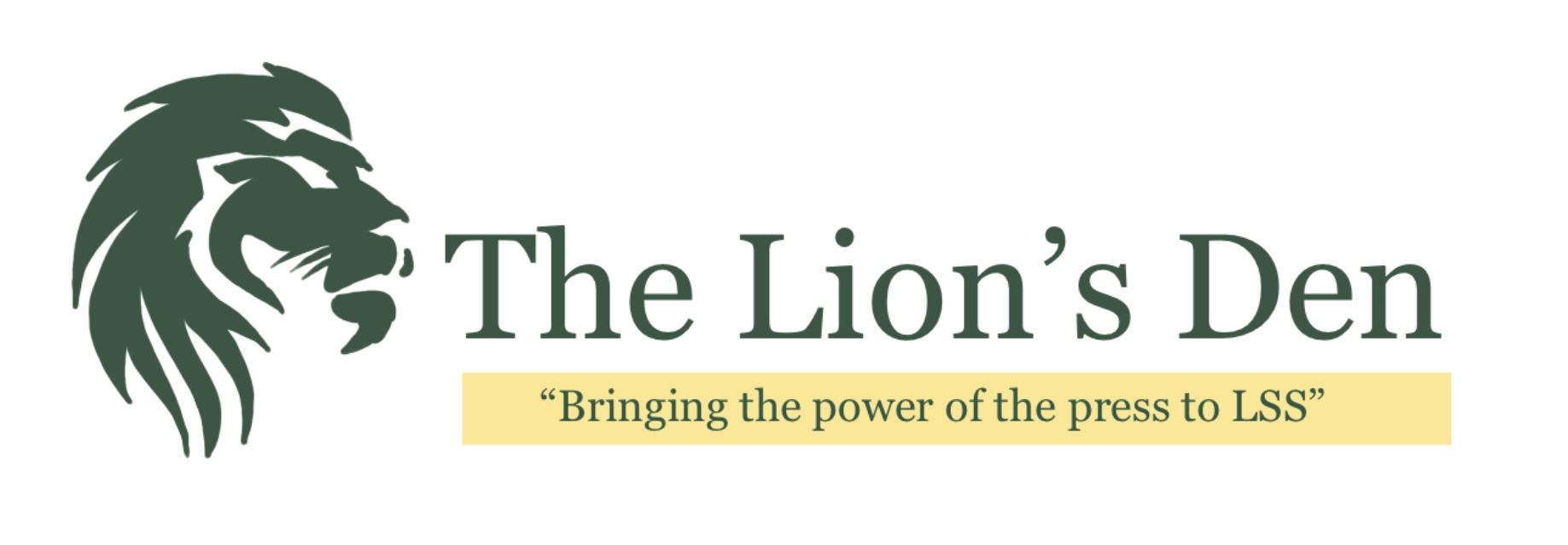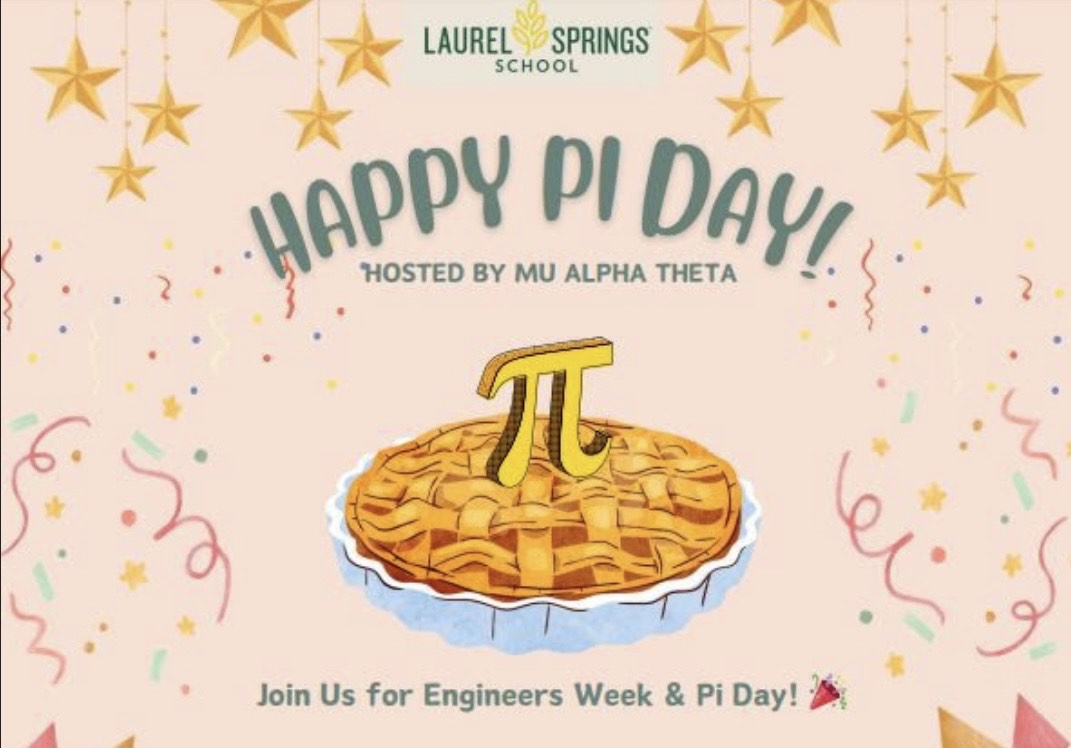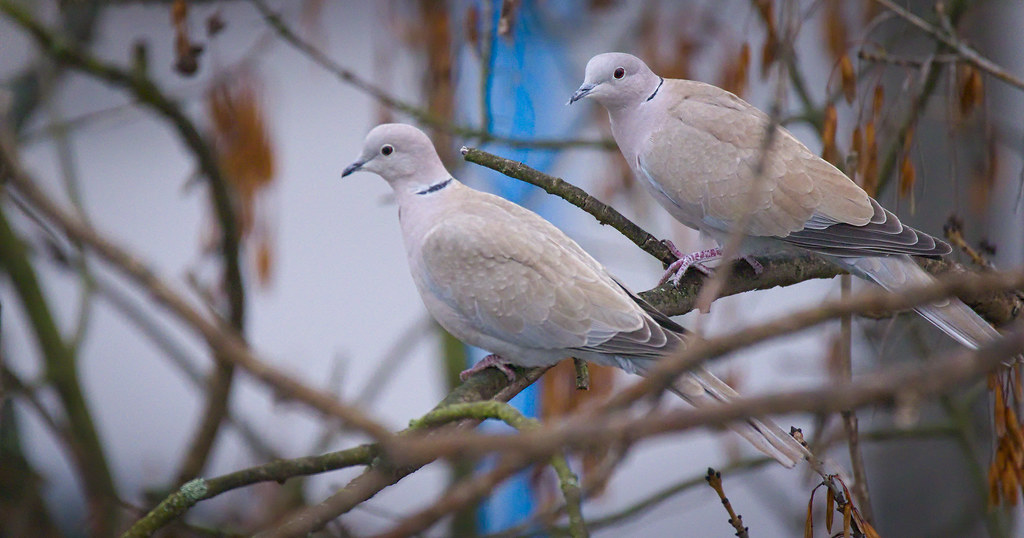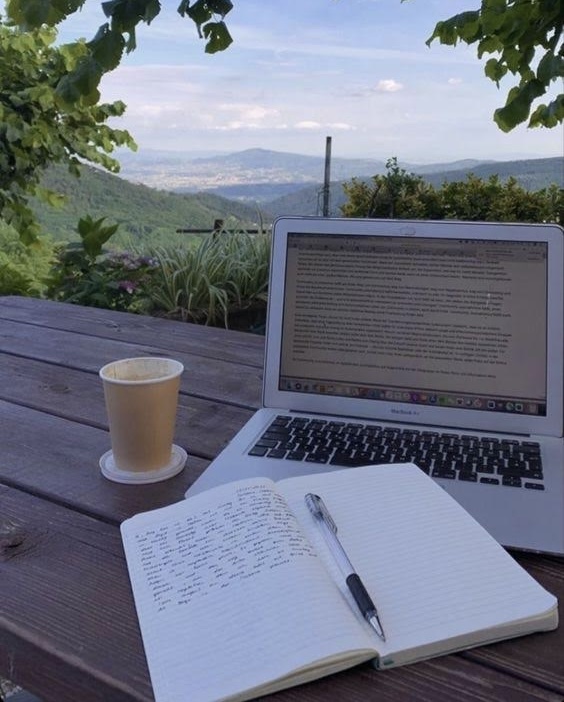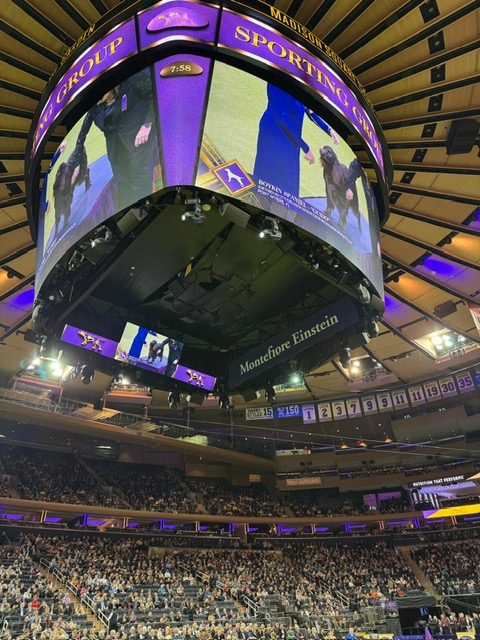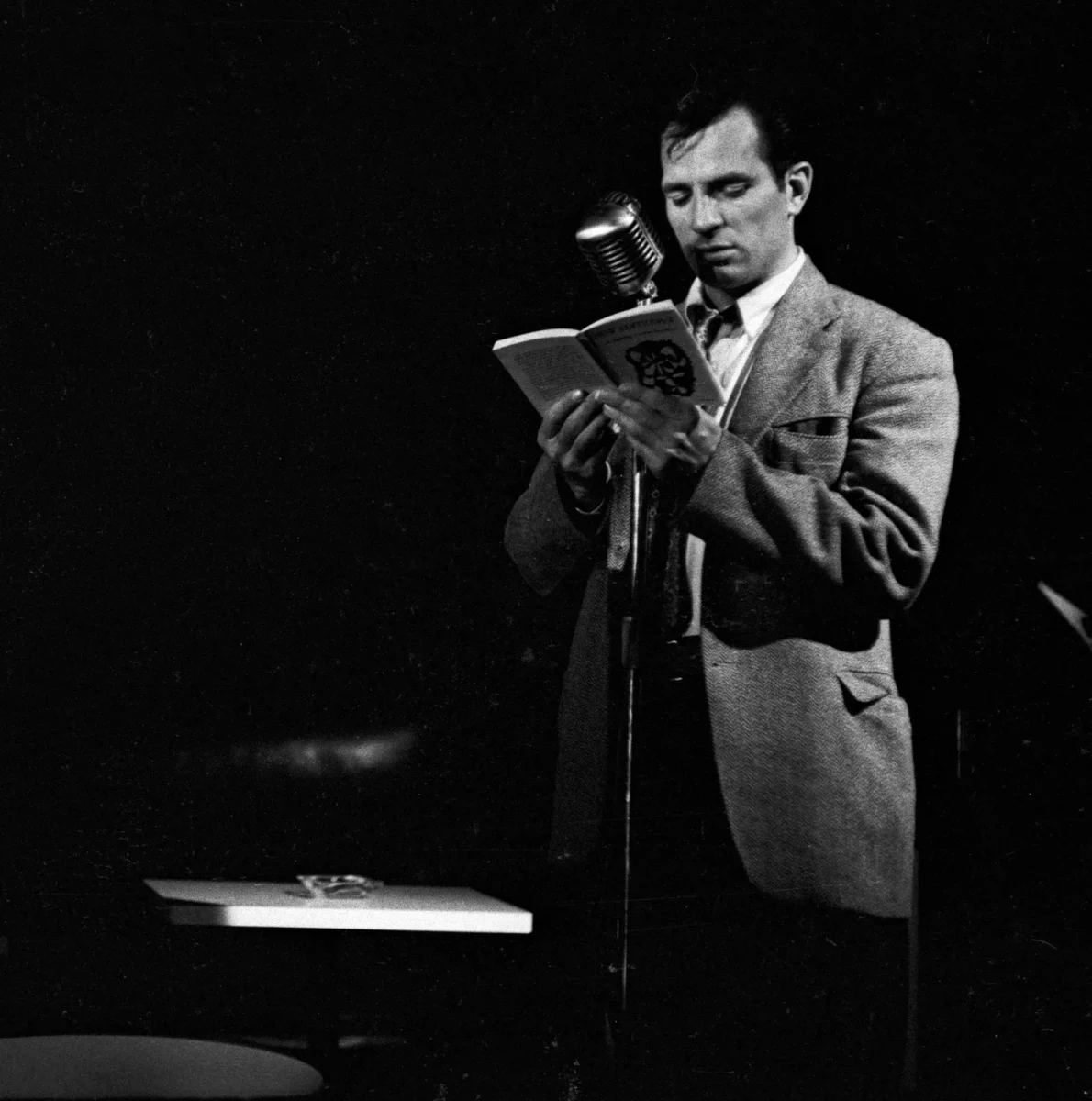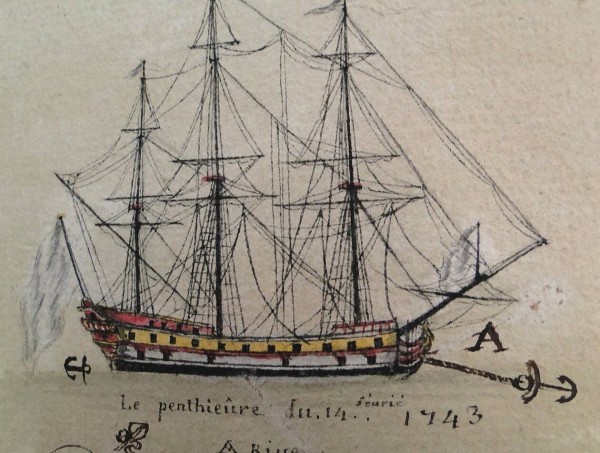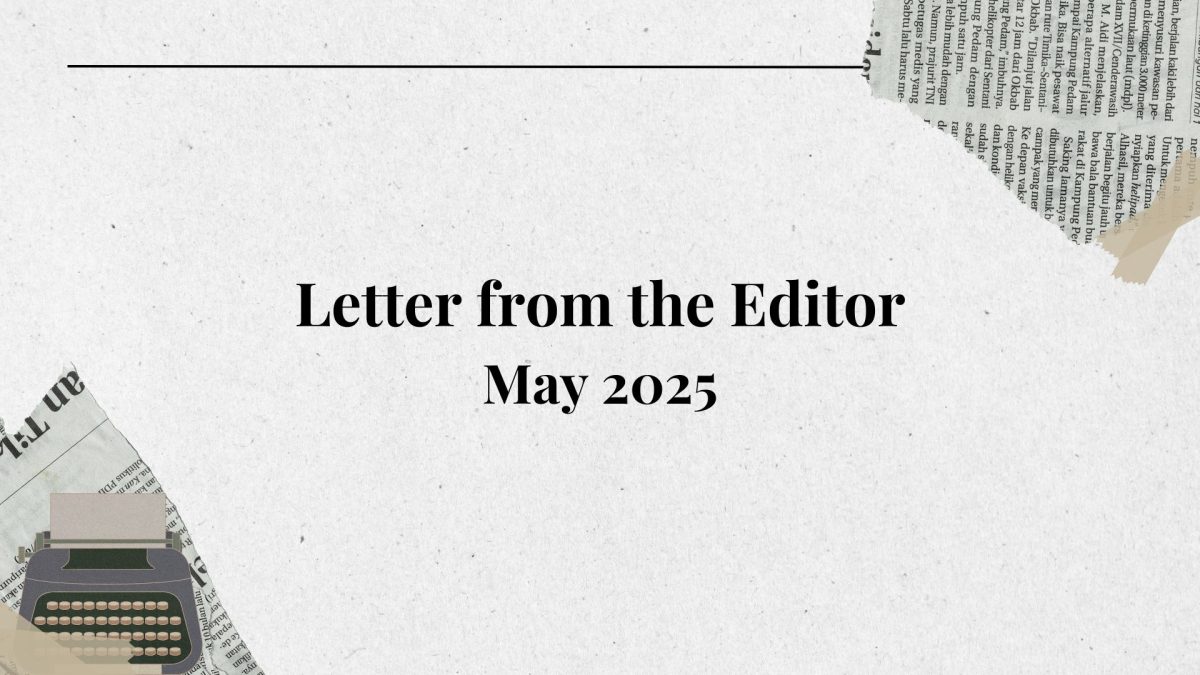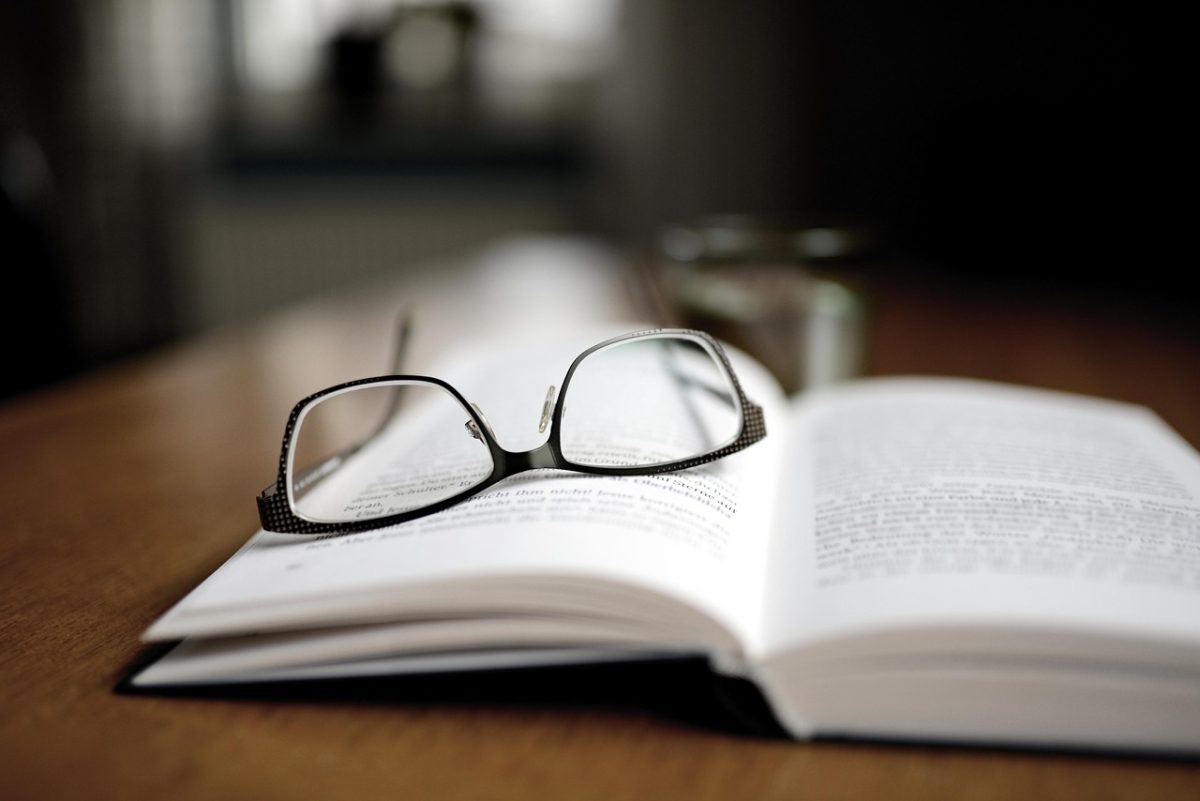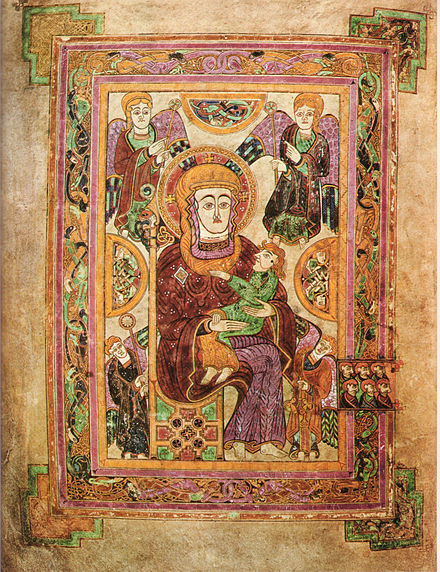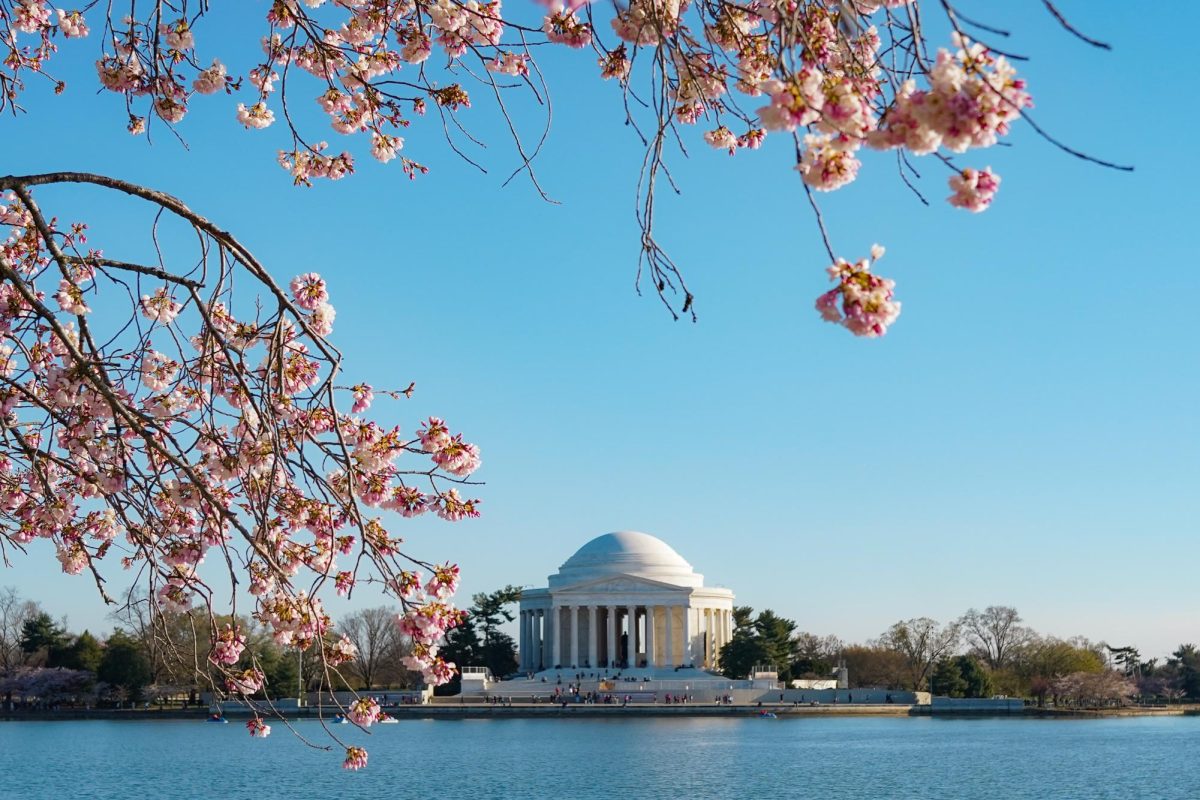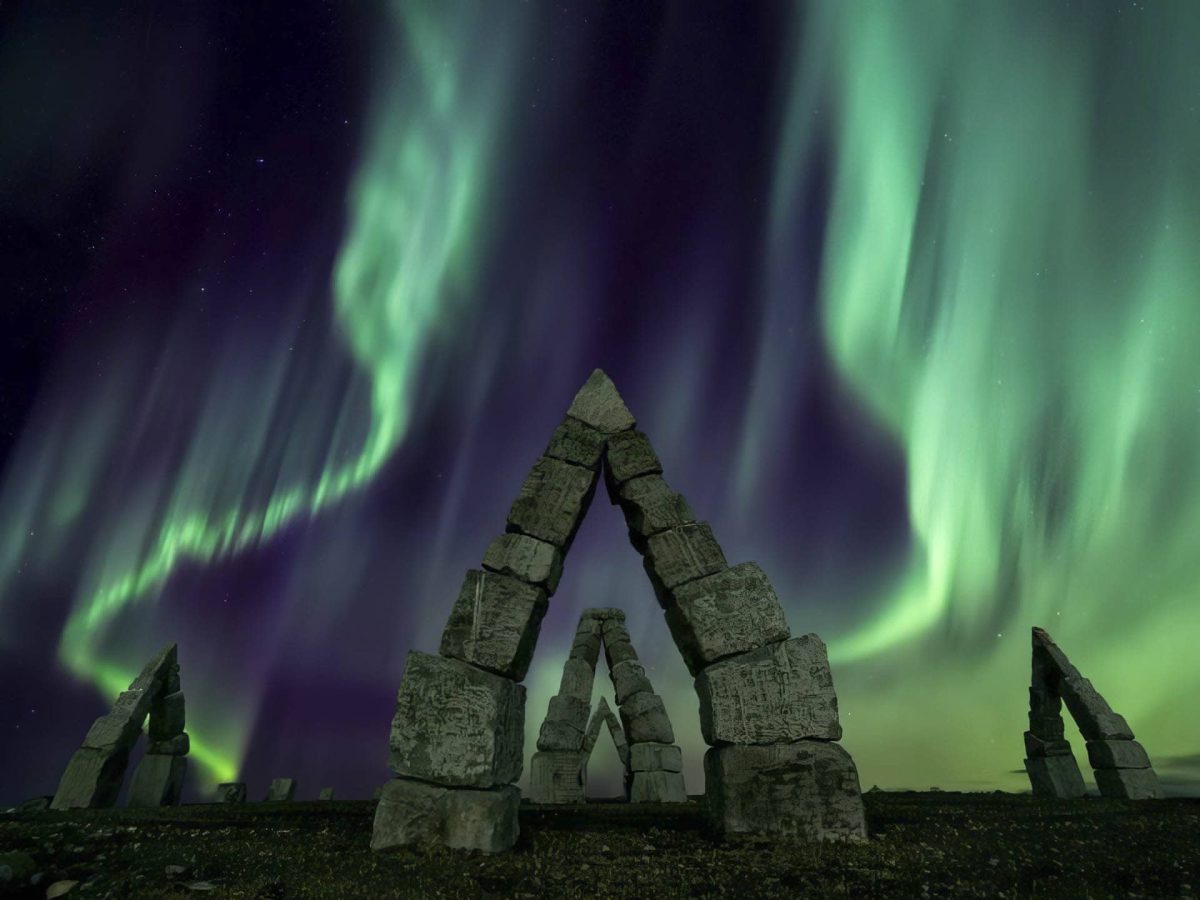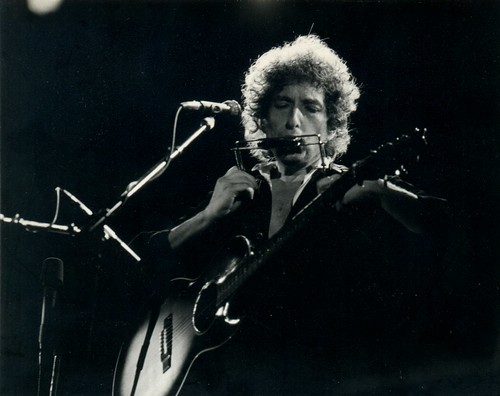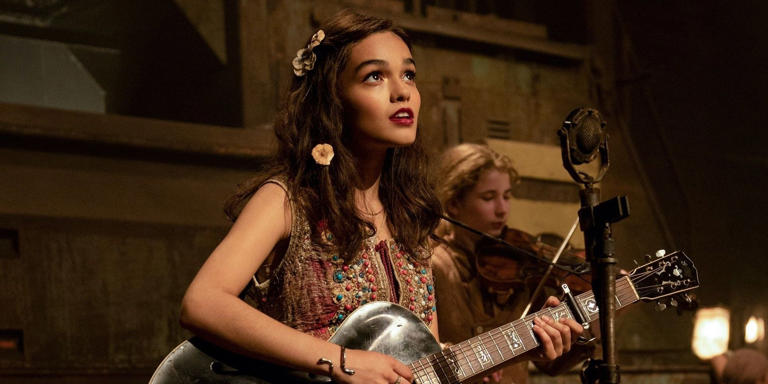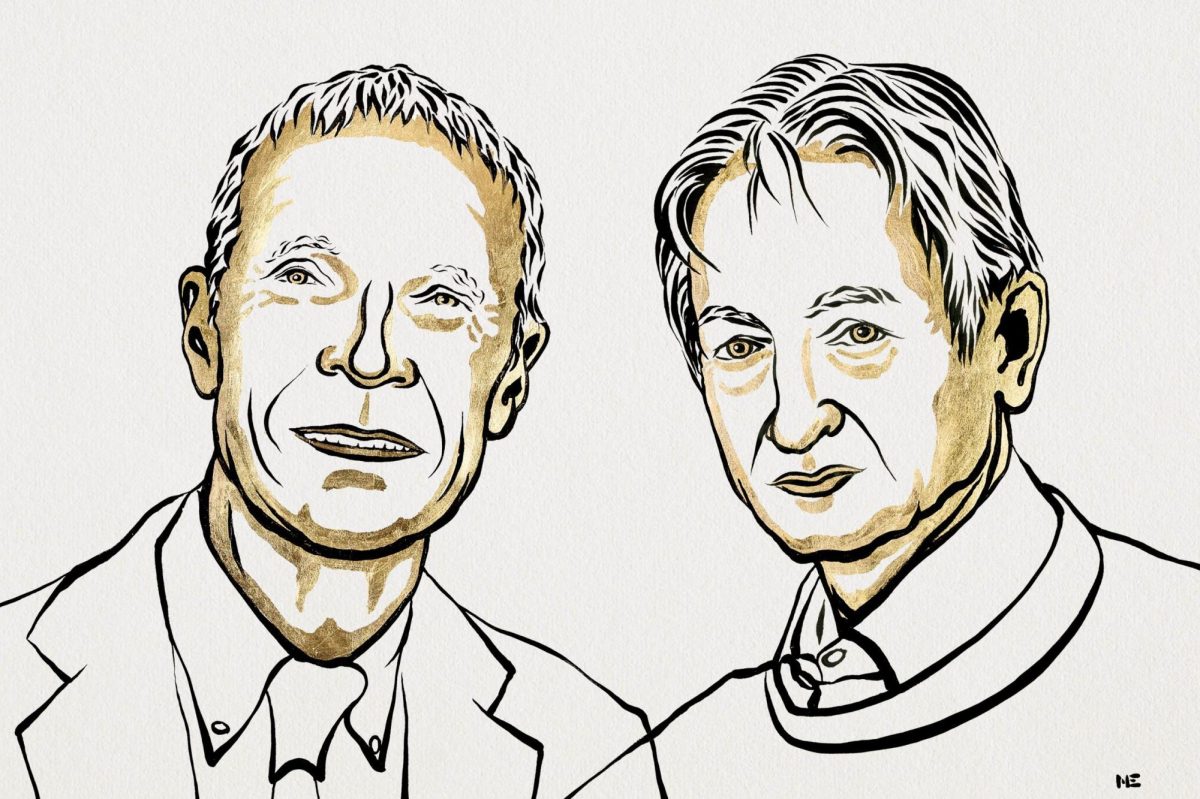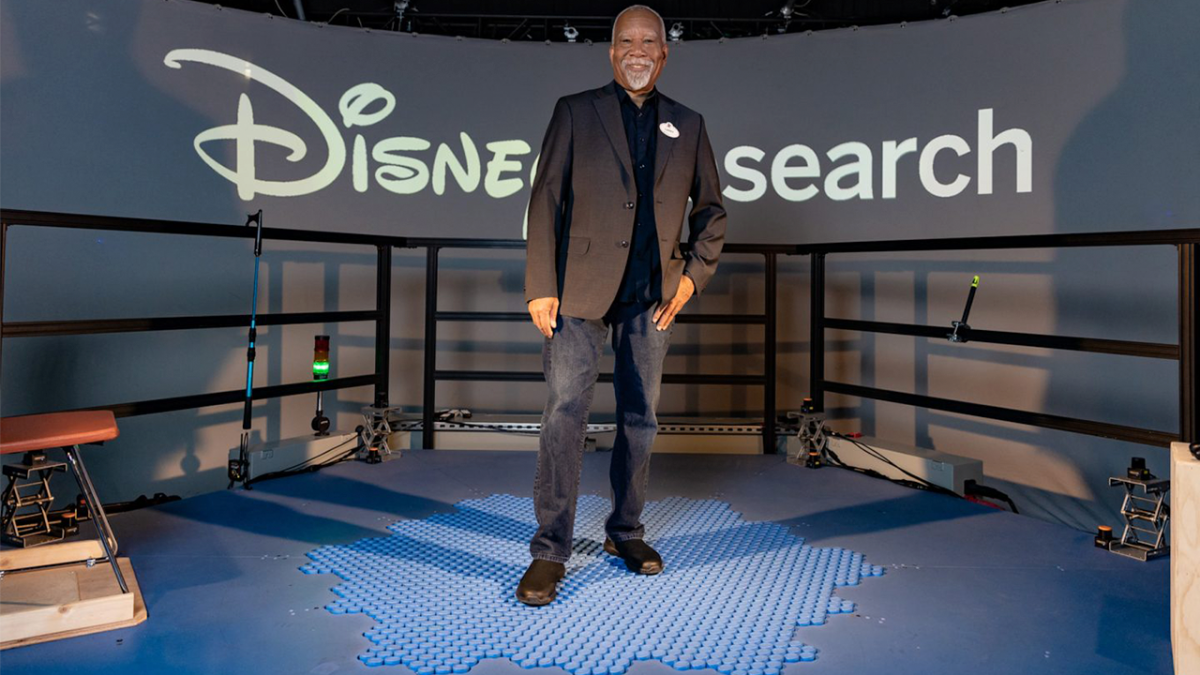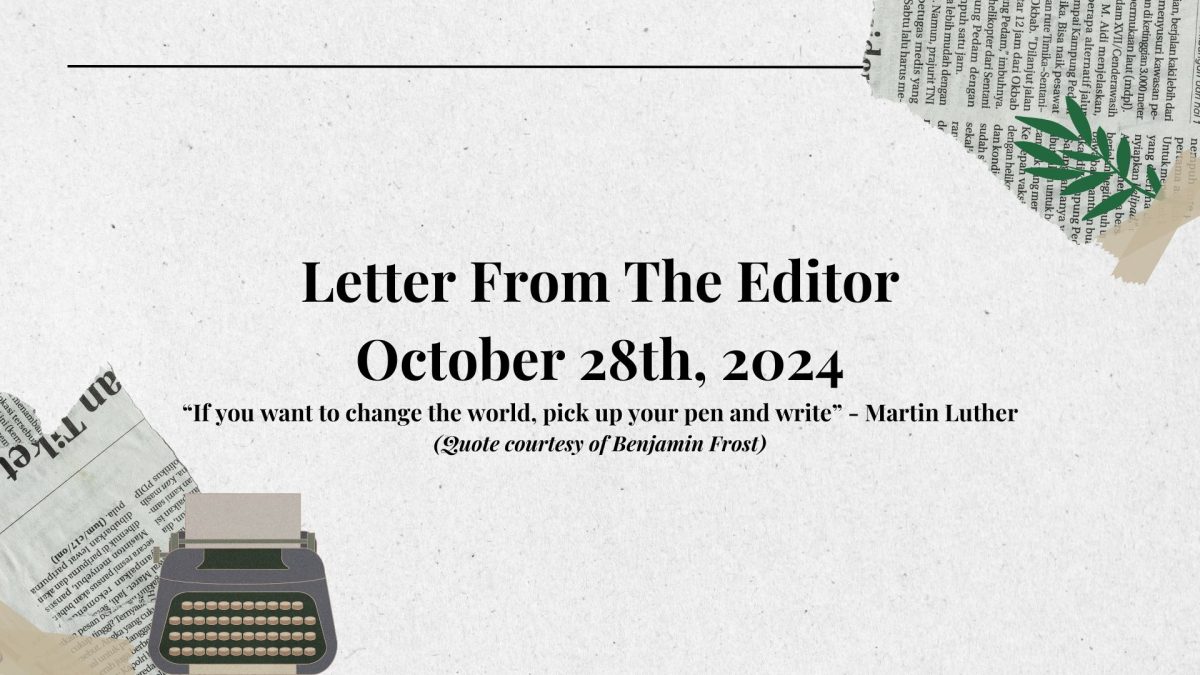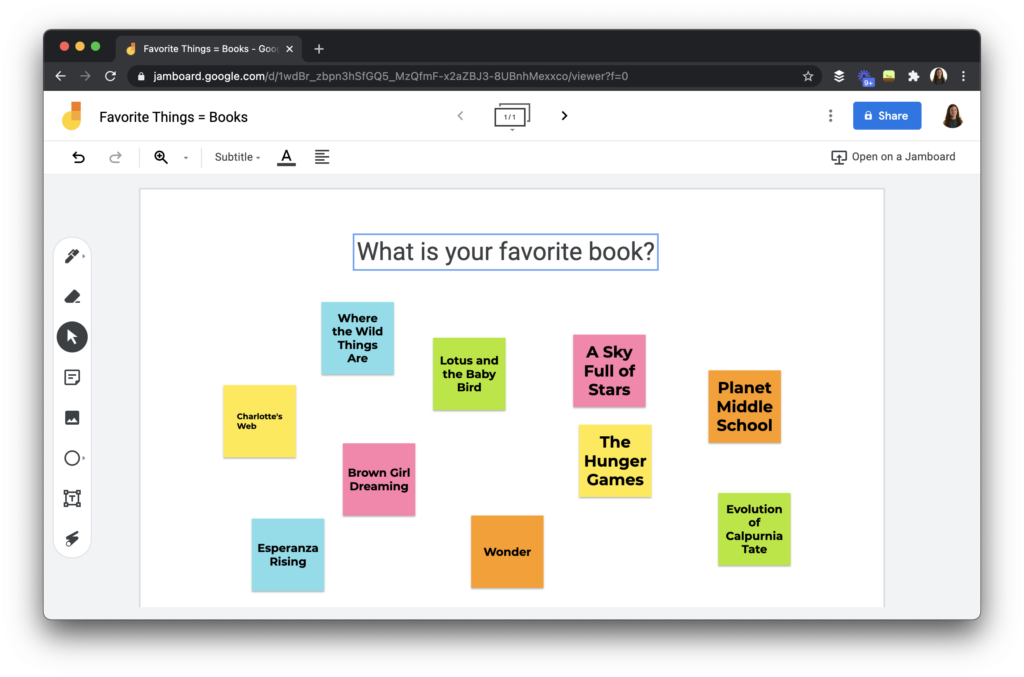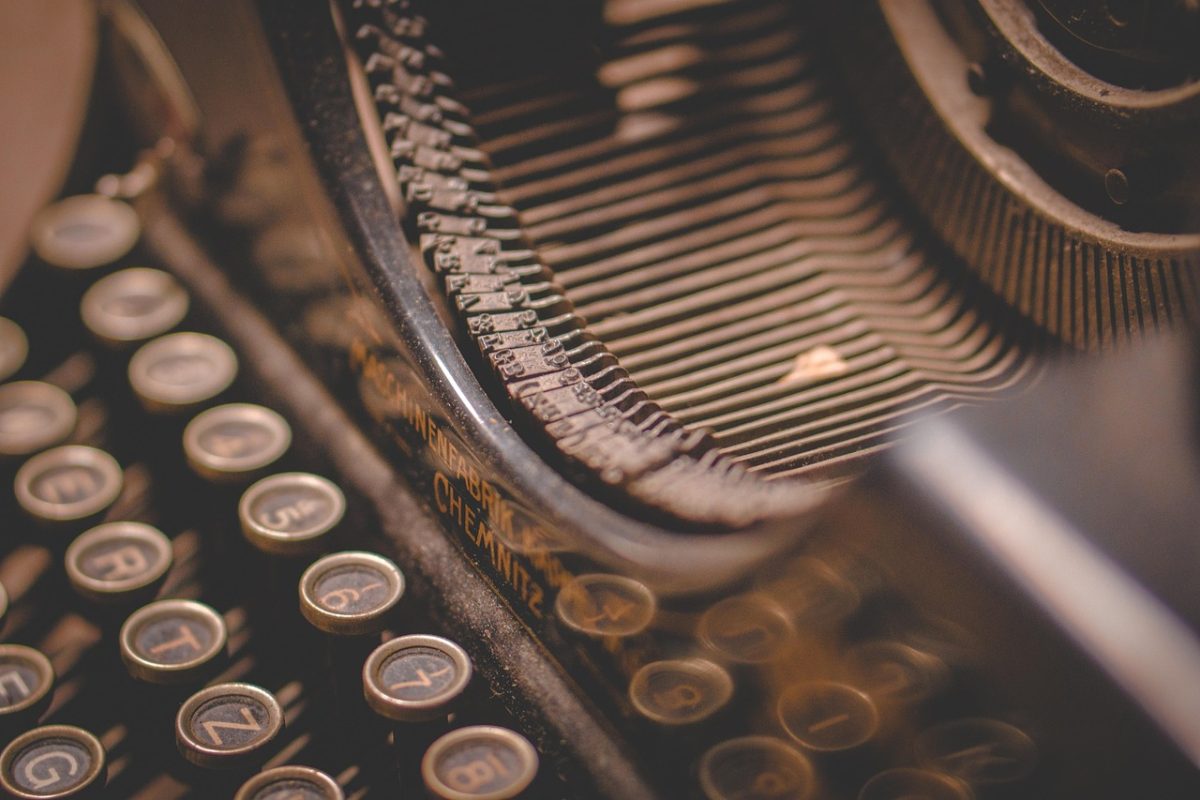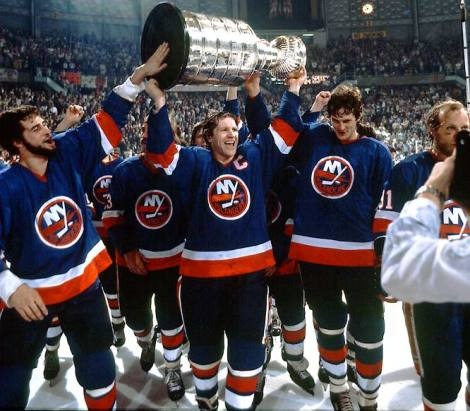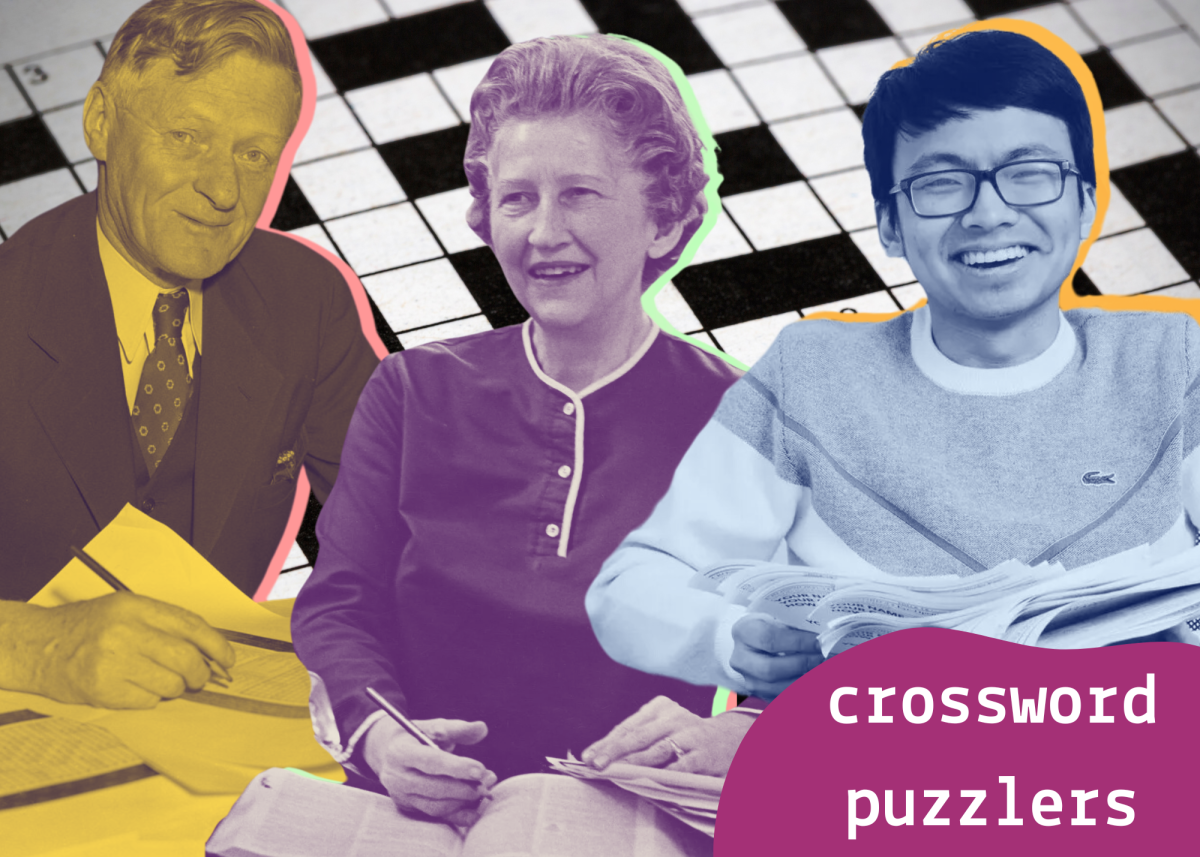In what puzzle do the words CHEESEWEDGE, LAHORE, and ADELE coexist? In a crossword puzzle, that is! Created in 1913, the crossword has evolved with the times and has been keeping minds sharp for over 100 years. I once thought that crosswords were something only those with an extensive vocabulary and niche knowledge could do. However, I have quickly learned that this is simply not the case.
Crosswords are for people of all ages and backgrounds, which is why I am excited to announce the addition of a crossword section to The Lion’s Den Newspaper!
Ever since solving my first crossword, I’ve been hooked. I am not alone in finding these puzzles addicting, as they have become a staple in newspapers around the globe.
Each publication sports its own crossword-style and level of difficulty. As for the well-known behemoth of The New York Times crossword, it becomes more difficult as the week progresses.
“Mondays have the most straightforward clues and Saturday clues are the hardest, or involve the most wordplay. Contrary to popular belief, the Sunday puzzles are midweek difficulty, not the hardest. They’re just bigger.” states Deb Amlen of The New York Times in How to Solve the New York Times Crossword.
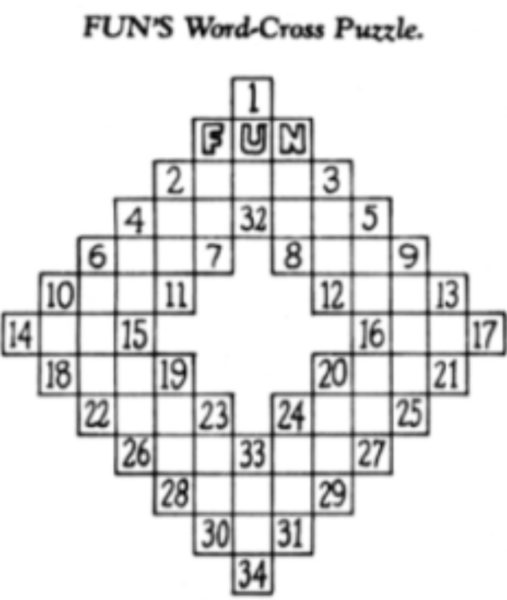
While this crossword might look different than its modern counterpart, the cleverness of interlocking words remains the same. We now know this puzzle as a crossword due to “an illustrator later accidentally [changing] “Word-Cross” to “Cross-Word,” with no objection from Wynne, and the name stuck.” (Amlen for Smithsonian Magazine). Wynne’s “Cross-Word” was an instant success. Readers loved the challenge of this new puzzle and demanded more. With the rush of bleak WWI headlines, more effort was put into directing people to the puzzle section. Even after the war, crosswords remained a household staple. By the early 1930s, practically every American news publication had a crossword. This craze was fueled by the first crossword book, published by the newly formed publishing house, Simon & Schuster.
The Tamworth Herald, a British newspaper, went so far as to call this newest fad “CROSSWORD PUZZLES. AN ENSLAVED AMERICA”
“Everywhere, at any hour of the day, people can be seen quite shamelessly poring over the checker-board diagrams, cudgeling their brains for a four-letter word meaning “molten rock” or a six-letter word meaning “idler,” or whatnot: in trains and trams, or omnibuses, in subways, in private offices and counting-rooms, in factories and homes, and even – although as yet rarely – with hymnals for camouflage, in church.” stated a 1924 article.
The New York Times had a similar perspective. An editorial published in 1924 called the “temporary madness” for crosswords a “primitive form of mental exercise” that was sure to pass. The Times was determined to maintain the highest standard of journalistic quality; which meant not including games or crosswords to “lure” in readers. The Times maintained this mentality until the attack on Pearl Harbor in 1942. On Sunday, February 15th, 1942, The Times ran its first puzzle. The puzzle was brought in to help break up the grim war reports and give readers something to do during the coming blackouts.
However, The Times was committed to upholding their high standards and promised that their crossword would be the best of the best. Margaret Petherbridge Farrar was hired as The Times’s first crossword editor. Before this, she was the editor of the successful line of crossword puzzle books at Simon & Schuster. Farrar had also worked at the New York World as a crossword editor.
Lester Markel, an editor at The Times, wrote to Farrar, that “We ought not to try to do anything essentially different from what is now being done — except to do it better.” She standardized the crossword, creating guidelines that are followed to this day. From constructing a grid with rotational symmetry and no unchecked squares to words having a three-letter minimum, these practices help to keep all crosswords high-quality.
All clues and words also had to pass the Sunday Breakfast Test, meaning the crossword puzzles should be age-appropriate for the whole family.
A new generation of crossword lovers is emerging, with Gen-Z showing their unique perspective of the world through witty clues and solutions that reflect the individual. Since starting to construct my own crosswords, I see why they can be so “diaristic,” as the winner of this year’s American Crossword Puzzle Tournament, Paolo Pasco, 23, put it.
“That’s a big part of what got me into puzzles,” said Pasco in an interview with The Times. “This is an insight into the person’s brain who thought of that joke.” Pasco and Adam Aaronson, both in different colleges at the time, connected online because of their shared affinity for crossword puzzles. They later created the first New York Times crossword puzzle made by a collaboration of constructors born in the 2000s. A constructor is the term used for someone who creates crossword puzzles. Now, Pasco constructs the daily mini crossword puzzles for The Atlantic.
As for actually solving a crossword, there are several ways you can go about this. One is to scan all the clues and fill in any answers you immediately know. Another is to go in the listed order, starting in the across or down column. Feel free to skip any clue you do not know; often, the answer will come to you the further you get into the puzzle. Once you have some answers filled in on the grid, try solving the entries that cross it. This is a great way to check if your answer is correct.
If you’re feeling stuck, you can use the error check to see if your answers are correct. Everyone makes mistakes, and that’s just part of the process! Crosswords can also be great places to learn new trivia or words. Looking up word meaning or history can help expand your knowledge for future puzzles.
Surprisingly enough, the real trick behind solving a crossword is to know how to read the clue. Oftentimes, a seemingly wordy clue means something as simple as OREO. So, here are some helpful tips for reading crossword clues:
Tense: If the clue is written in a specific tense (like past or present tense), the answer will also be in that tense.
Ex. Had a meal = ATE
Plural: If the clue is plural, the answer will be plural.
Ex. Inflated self-images = EGOS
Language: If the clue is written, or partially written, in a foreign language, then the answer will be in that language. If the clue asks what a phase would be in a country that speaks a foreign language, the answer will be in that language.
Ex. Order “con gas” in a “restaurante” = AGUA
Hello, in Spain = HOLA
Part of Speech: The clue’s part of speech (noun, verb, adj, etc.) will match the answer’s part of speech.
Ex. Stood up = ROSE
Thorny plant = ROSE
Signal words or symbols within the clues:
Abbr. : The answer will be an abbreviation.
Ex. Web address: Abbr. = URL
For short / In brief: The answer will be a shortened version of the clue concept. Ex. Details, for short = INFO
Abbreviations in the clue: The answer will be an abbreviation.
Ex. Ivy League sch. = PENN
Clues with a “?”: Clues that end in a question mark are most likely a play on words or a pun.
Ex. Get a rise out of? = BAKE
Clue in quotes: This can be the title of a movie, song, or book. But it can also mean a synonym phrase that you verbalize.
Ex. “Hold on a second…” = WAIT
Clue in brackets: The answer might be nonverbal.
Ex. [I don’t care] = SHRUG
Crosswords have come a long way since the early days of Arthur Wynne. They have withstood the test of time, crafting vibrant puzzle communities in every decade. From the original crossword editors like Margaret Petherbridge Farrar to the new generation of crossword constructors like Paolo Pasco, this famed puzzle certainly isn’t disappearing anytime soon. I am proud to continue this tradition by including a crossword in The Lion’s Den.
